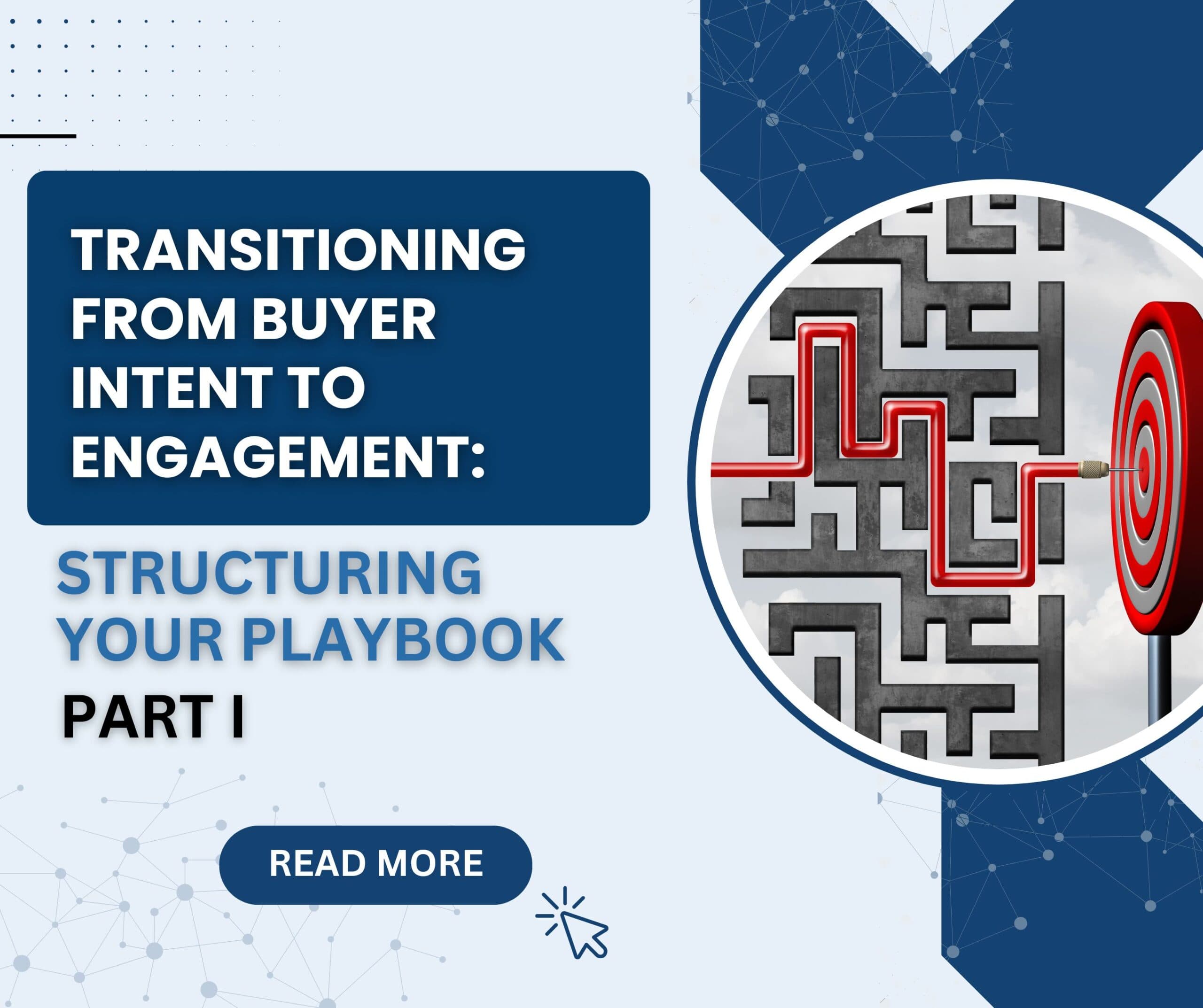In today’s hyper-competitive B2B landscape, intent signals have emerged as the most reliable indicator of purchase readiness. Yet many organisations struggle to translate those raw signals into meaningful engagement that can move the needle.
To close that gap, you need a structured playbook, one that moves effortlessly from signal capture to personalised outreach, and ultimately a synchronised handoff between marketing and sales.
Let’s unpack the framework below that can represent this playbook:
1. From Signal Capture to Strategic Insight
The first and most critical step is ensuring your technology stack captures high-quality intent data at every touchpoint. For example:
- First-party signals such as website page views, content downloads, and webinar attendance.
- Second-party data from partners or industry alliances that reveal complementary behaviours.
- Third-party intent feeds external data providers tracking anonymous browsing across the open web.
Why it matters: Without a comprehensive view of buyer behaviour, you’re flying blind.
Gartner research shows that developing digital experiences “beyond simply communicating solution superiority” is essential to close high-quality B2B deals in 2025, yet most organisations haven’t fully integrated these experiences into their stack.
Once data streams are in place, centralise all signals into an engagement hub or Customer Data Platform (CDP). This unified source of truth ensures that downstream processes, such as, including scoring, segmentation, and personalisation, are always working with the latest and most complete information.

2. Scoring & Segmentation: Turning Signals into Actionable Tiers
Raw signals carry little meaning until they’re quantified. Scoring and segmentation are your translation layer, converting diverse behaviours into clear action thresholds.
Define Your Scorecard
Build a structured scoring model to measure how strongly a contact or account is signalling buying intent. Instead of fixed numbers, assign relative weights to different actions based on their proven impact on conversions in your business.
For instance, early-stage research activities (such as content downloads) may carry a lighter weight, while mid-funnel signals (repeated visits to solution or pricing pages) should be weighted more heavily. Direct buying signals (requesting a demo or speaking to sales) should carry the strongest weight.
To keep scores meaningful over time, apply recency weighting so that recent activities have more influence, preventing outdated engagement from inflating intent scores.
Establish Segmentation Rules
Once scores accumulate, segment your audience by intent level to better tailor engagement:
- High Intent: Contacts who exceed a set high-value threshold (e.g., 8 out of 10 points). These are highly engaged prospects showing immediate buying signals.
- Mid Intent: Moderate engagement that suggests they’re exploring options but not yet sales-ready.
- Low Intent / Awareness: Early-stage behaviour (like reading blogs, attending webinars) showing interest but needing more education.
These rules act as “filters” to separate casual researchers from warm leads and true buyers.
Trigger Engagement Workflows
Use these thresholds to trigger automated nurture streams that align with each intent level:
- High Intent: Fast-track to sales with demo invitations, pricing comparisons, and personalised outreach.
- Mid Intent: Provide case studies, ROI calculators, and proof points to build trust and move them closer to a decision.
- Low Intent: Keep them engaged with thought-leadership content, trend reports, and light educational materials to gradually build interest.
This ensures every prospect receives the right level of attention at the right time, maximising efficiency for marketing and sales teams.
Key benefit: By codifying signal thresholds, you eliminate guesswork. According to HubSpot’s AI marketing playbook, deploying intent engines that map internal and external signals “improves conversion rates for 93% of B2B marketers”.
Do you find these suggestions useful so far?
Next week, we will walk you through the second part of this framework to recognise signals and transition them into meaningful engagement.

